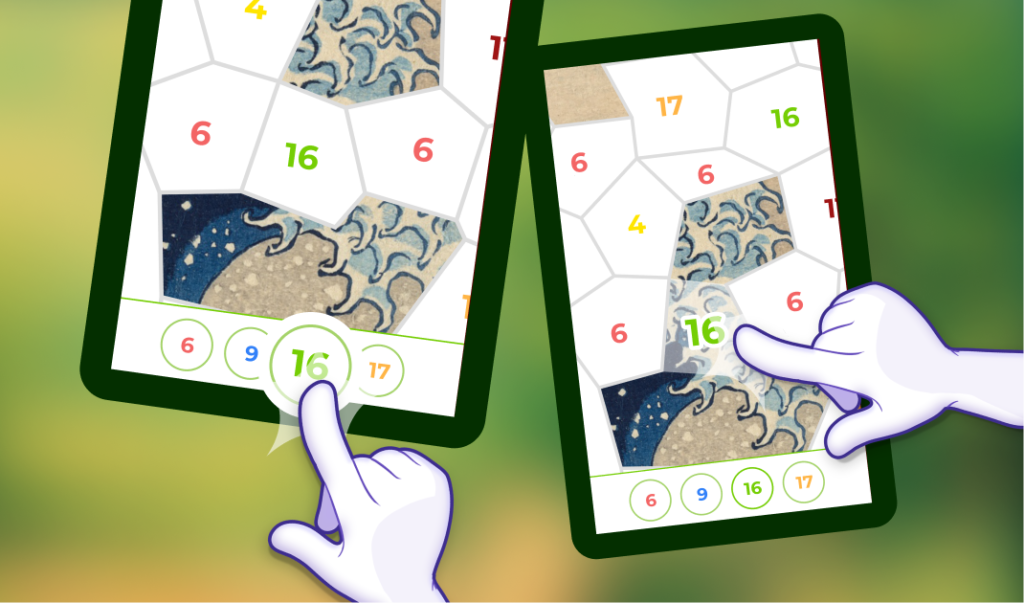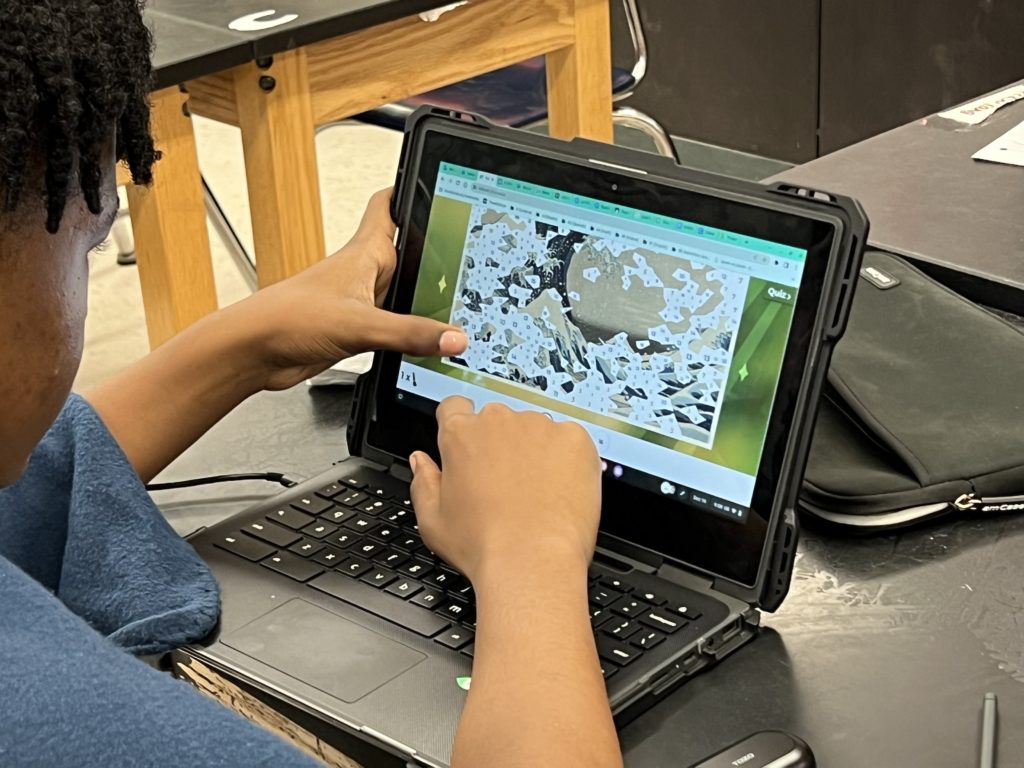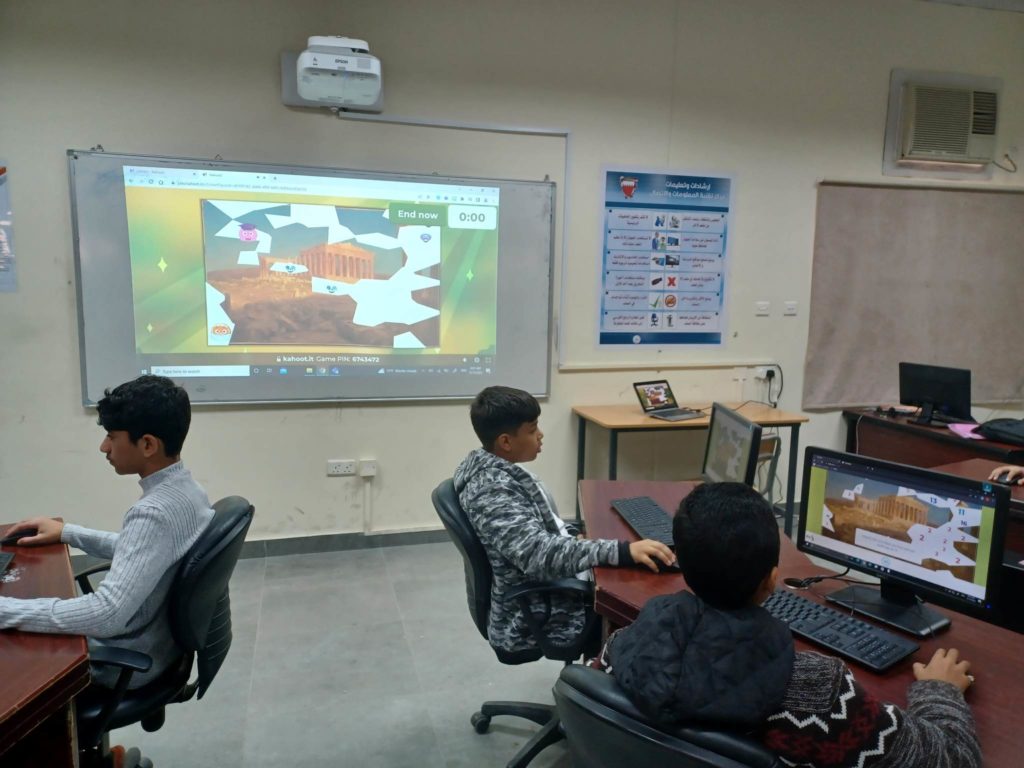
Classroom content and curriculum, combined with artistry and collaboration, are all integral aspects of Kahoot!’s newest game mode, Chill Art. In this game-based Kahoot! player mode, students paint-by-number for each correctly answered question, while calming music plays from both the lobby and personal devices. Judith Cooper, a Kahoot! Ambassador and classroom leader in Manitoba, CN shares how Chill Art levels up learning and engagement in her elementary school classroom. Read on for tips to inspire creativity and comprehension.
From introduction to assessment
The repetitive format within Chill Art ensures student learning is cumulative, as questions are presented, and then re-presented, throughout several sequences and across differing orders and chronology. Without any opportunity or case for memorization, students receive multiple opportunities to engage with the same (or similar) curriculum content! The instant feedback embedded into kahoot gameplay also ensures that students are learning new information accurately and correctly! Even without the nod or head shake from a teacher or peer, students can steer their learning to be error-free! Gold stars and gold medals for Kahoot! game modes!
Across all curriculum
Ms. Cooper’s go-to curriculum focus for Chill Art game modes? Mathematics. Students work at their own pace from a mixed and randomized collection of questions, allowing students to explore different ways of work, problem-solving, or formulas along the way! Chill Art gameplay comes in handy for language and literacy learning, too. Ms. Cooper will create kahoots to review and reinforce vocabulary words, and the repeated practice really helps students to cement difficult spelling patterns or complex and complicated definitions.

Build fluency from frequency
Chill Art game durations are customizable and predetermined by the game host, selected from a range of two to six minutes of gameplay. Throughout the game, question pace is differentiated, and is individualized from student to student. Players appreciate the student-centered, and student-specific format, too! Ms. Cooper explained that her students don’t feel any stressors for speed or competition throughout gameplay. Instead, a student reflected, “I don’t feel as though time is a factor!”, assuring ample time for both brainstorming and rationalized answers.





